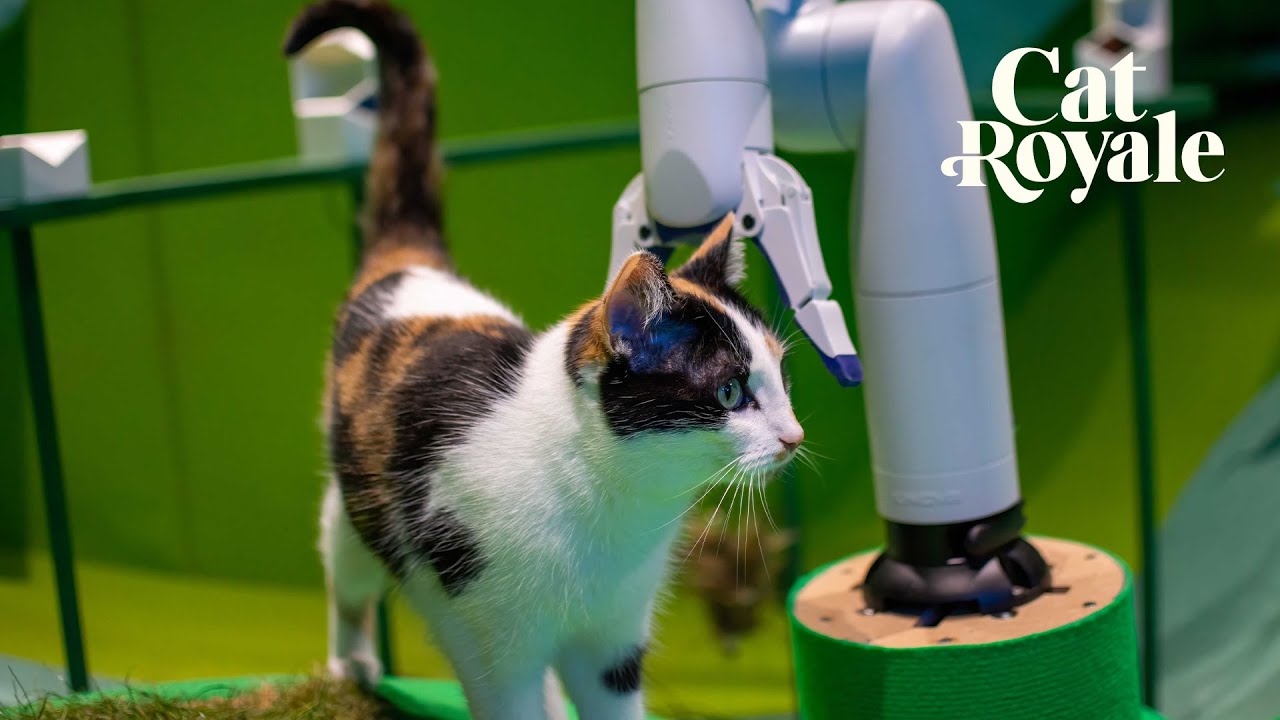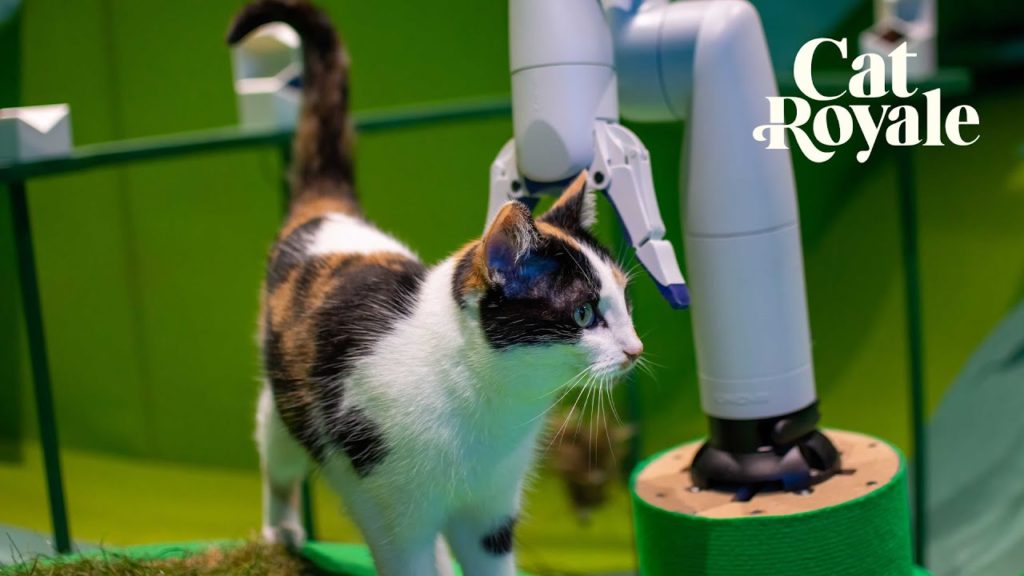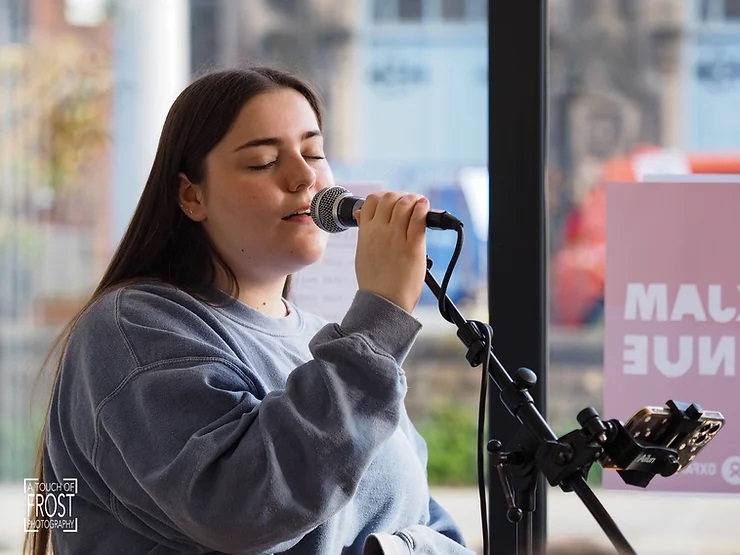post by Keerthy Kusumam (2017 cohort)
Recently, I had the chance to be a part of an interview video that focused on my role as a computer vision expert in the upcoming project, Cat Royale, developed by Blast Theory. This project aims to explore the impact of AI on animals and specifically, cats. As a computer vision expert, I was thrilled to share my work and knowledge with the audience.
Reflecting back on the experience, I realize that my main aim for the video was to educate the public about the use of computer vision technology in animal welfare. The field of animal welfare has always been close to my heart, and I saw this opportunity as a way to demonstrate the impact that technology can have in this area. The Cat Royale project is a unique and creative way to showcase the application of computer vision technology in animal welfare, and I wanted to highlight this aspect of the project in the video.
The target audience for the video was the general public with an interest in technology, AI, and animal welfare. To reach this audience, I had to consider and adapt my language and presentation to suit their level of understanding and interest. I broke down the concept of computer vision technology and its application in the Cat Royale project into simple terms that could be easily understood by everyone. I also emphasized the importance of involving experts in animal welfare in the design of the project to ensure the comfort and safety of the cats.
In the video, I discussed how the computer vision system in Cat Royale measures the happiness of the cats and learns how to improve it. I highlighted the unique design of the utopia created for the cats, where their every need is catered for, and how the computer vision system understands the activities to make the cats happier. I explained that the ultimate goal of the project was to demonstrate the potential of computer vision technology in improving animal welfare.
One of the biggest challenges I faced in the video was ensuring that I provided enough technical detail for the audience to understand the concept of computer vision technology, while also keeping it simple enough for a general audience to grasp. To achieve this balance, I used analogies and examples that related to the audience’s everyday lives, making it easier for them to understand the concept.
It is important to note that people often assume that the computer vision system makes decisions about the happiness state of the cats. However, this is not the case. In fact, it is the cat experts who identify a list of behaviours that show the happiness state of the cats. The computer vision system can then reliably detect these behaviours, which inform the happy or not happy state of the cat.
In conclusion, the interview video was a great opportunity for me to share my work and knowledge with a wider audience and to spread awareness about the exciting possibilities of computer vision technology in the field of animal welfare. The Cat Royale project is a unique and creative way to showcase the application of computer vision technology in animal welfare, and I was thrilled to be a part of it. The experience has also given me a new perspective on the importance of adapting my presentation to suit my audience and ensuring that my message is effectively communicated.




